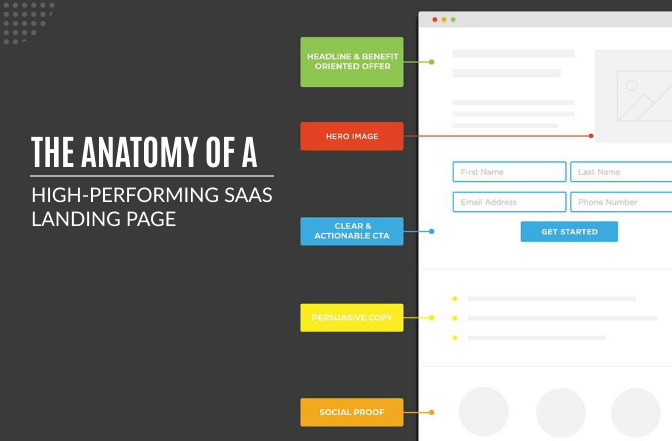In the fast-paced world of B2B startups, agility is not just a buzzword; it’s a survival strategy. Agile Web Development stands at the forefront of this approach, offering a dynamic and efficient pathway to creating web solutions that genuinely resonate with your business needs.
Understanding Agile Web Development
Unlike traditional web development, which often follows a linear and rigid process, Agile Web Development is akin to building a puzzle with flexibility and adaptability. It’s a method focused on iterative development, where requirements and solutions evolve through the collaborative effort of self-organizing cross-functional teams.
For B2B startups, time is of the essence. Agile Web Development accelerates the time-to-market, allowing you to launch products faster and adapt to market changes seamlessly. It’s about rapid prototyping, frequent revisions, and the ability to pivot without derailing the entire project.
Key Principles and Collaboration
At its core, Agile is founded on principles like—
- Adaptive planning
- Evolutionary development
- Early delivery
- Continual improvement
It fosters a high degree of collaboration between technical and non-technical teams, ensuring everyone is on the same page.
In Agile, customer feedback isn’t an afterthought; it’s integral to the development process. This approach ensures that the end product aligns closely with customer needs and market demands.
Change is the only constant in the tech world. Agile Web Development embraces this, allowing for flexibility in managing changing requirements without significant cost or time penalties.
Costs, Compliance, and Security
For budget-conscious startups, Agile offers a cost-effective solution with its emphasis on minimizing resource waste. It also aligns well with compliance and security needs, crucial for SaaS and Fintech companies.
Tools, Technologies, and Taking Action
Start by integrating tools like JIRA or Asana for project management, and GitHub for version control. The key is to start small, prioritize tasks, and maintain a continuous feedback loop.
Grid Systems and Layout Patterns: The Unsung Heroes
As we delve deeper into web design principles in upcoming articles, the role of grid systems and layout patterns becomes crucial. They provide a structured foundation, ensuring that your agile-developed website is not only functional but also aesthetically pleasing and user-friendly.
Conclusion
In the realm of B2B tech startups, delaying the adoption of Agile Web Development could mean losing ground to competitors. The method’s ability to adapt quickly to market changes, respond to customer needs, and efficiently manage resources makes it not just an option but a necessity.










